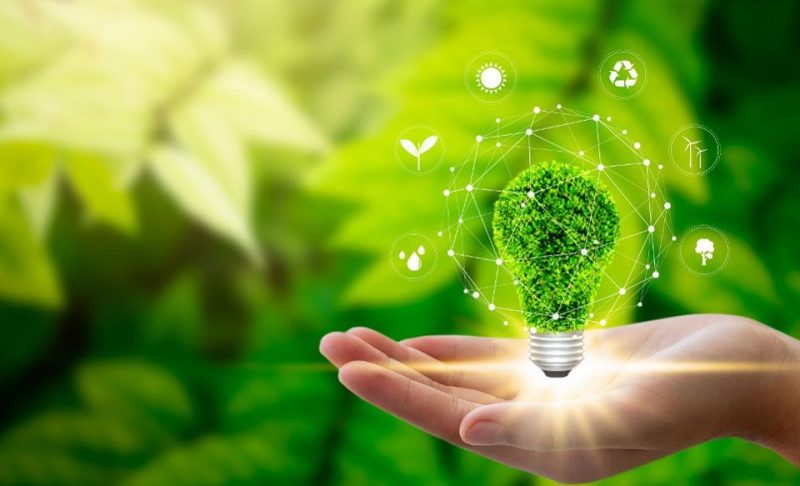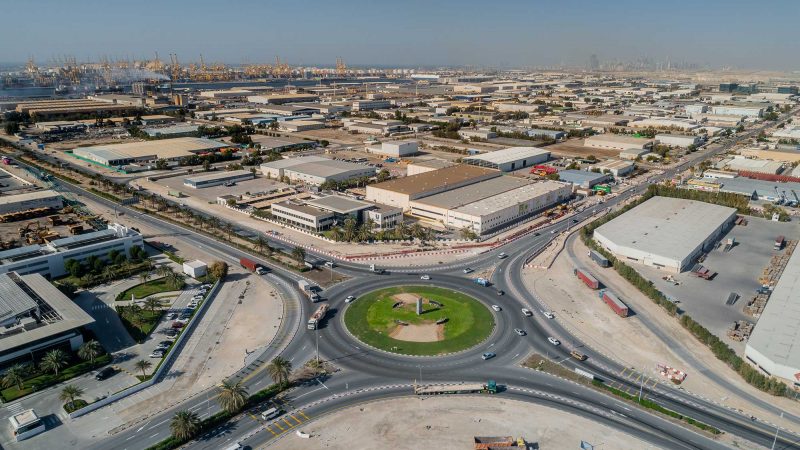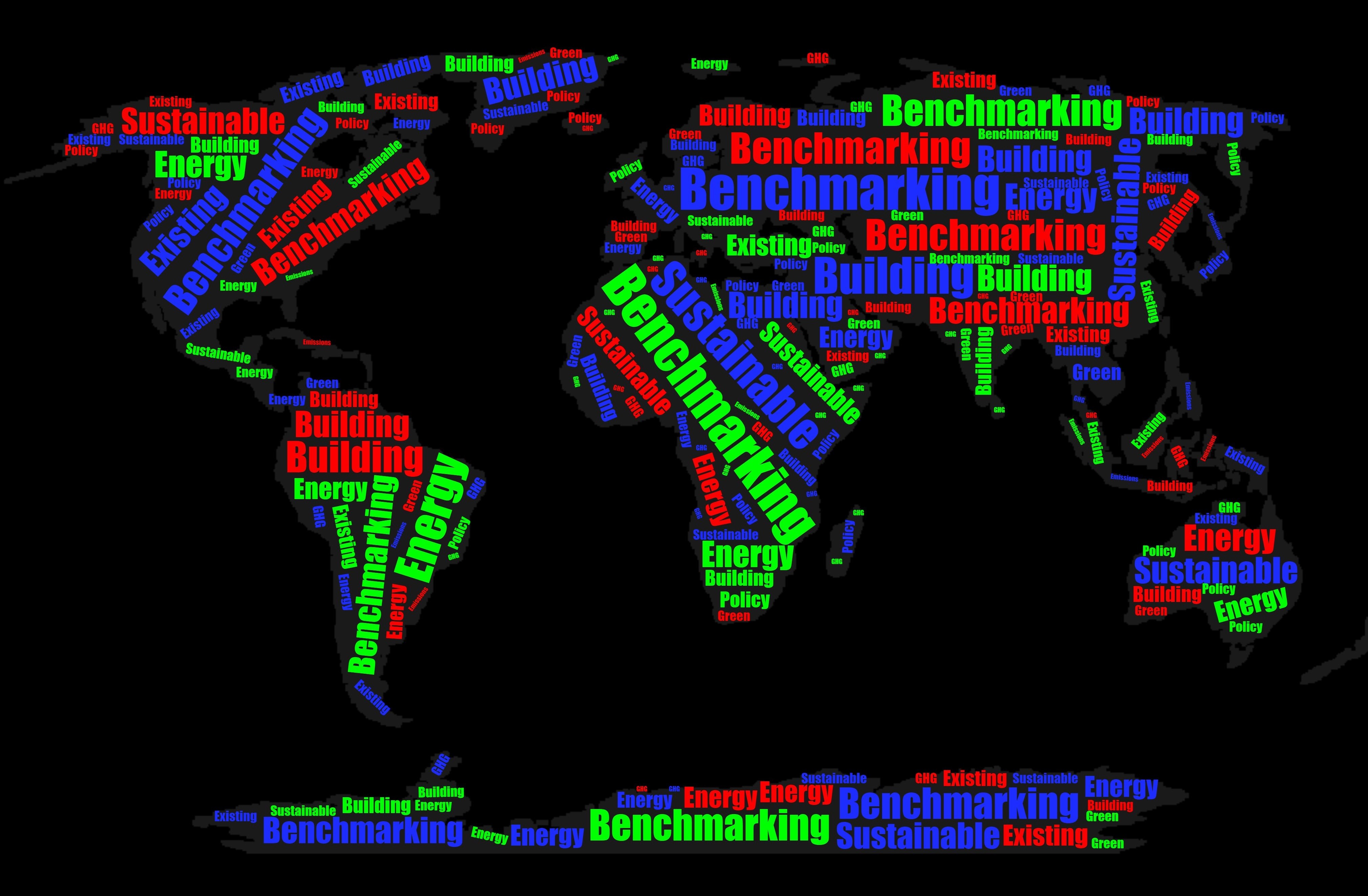Profit, People and the Planet
Energy

August 3, 2020, 7:29 am
By Ashraf Abdelkhalek, Environment, Health & Safety and Real Estate Manager at Schneider Electric
Sustainability
Sustainability is all about three things; economic growth, people development and sustainable planet earth. Economic growth and associated profitability is a main prime-mover of many things that we do. It maintains the need for economic interactions and makes these interactions profitable. But what about social development and planet earth – how does energy play the main role to link the three of them together, creating sustainable future for mankind?
Growth Vs. Development
Economists usually measure economic growth in terms of gross domestic product (GDP). GDP is the total monetary (or market value) of all finished goods and services produced within a country’s borders in a specific time period. As a broad measure of overall domestic production, it functions as a comprehensive scorecard of a given country’s economic health.
On the other hand, Economic development measures the improvement in the quality of life and living standards, e.g. measures of literacy, life-expectancy and healthcare. Economic growth is expected to enable more economic development. After all, higher real GDP enables more to be spent on healthcare and education. However, the link is not guaranteed. The proceeds of economic growth could be wasted or retained by a small wealthy elite or might not represent real improvement in the quality of life.
GDP is a 20th century concept that does not represent how people really live and feel. There should be additional universal development indicators that give the economic growth additional dimensions and deepen its meaning. Those indicators should be universal in order to simplify and make it easier to compare and rank different countries or regions, and to compare social and economic performance of the same country year to year.
“GDP is a 20th century concept that does not necessarily represent how people really live.”
The Energy link
The first indicator to add to GDP should be energy. Without energy, mainly electricity, life in a certain community would be almost the same as it was in the 18th century. Economic and social development is clearly linked to energy access and utilization. No energy means no proper healthcare, no clean water, no modern education, no proper sanitation, no TVs and no internet – simply, no modern life.
Energy consumption level per capita in developed countries is higher than in developing and poor countries. There is clear correlation between economic/social development and energy. In order not to fall in the same GDP trap, the energy indicator should not only measure per-capita energy consumption in a country, but it should additionally measure the percentage of people who have access to high quality reliable electricity supply and how this percentage evolves with time. Consumption profiles across a certain country is important too. Percentage of energy consumed in industry, agriculture and logistics is another clear indicator of the overall capabilities of a community to develop further. Access to reliable high quality energy enables nationwide social and economic development. This should be the goal across the globe, to have full coverage of high quality reliable energy supply whenever and wherever needed.
Who will pay
In order to have full coverage of high-quality reliable energy supply and stronger energy infrastructure for industry and other main economic sectors, bulky billion-level investment would be required. The first question that comes to mind now is; Who will pay for that? Part of the answer to this question is that “Energy Efficiency” will pay for a large portion of required investments. Saving energy and directing it to other sectors to use will save billions – including capital and operational costs that would have been paid to build and operate new generation plants and transmission grids.
“The cheapest kilowatt-hour that you can get is the one that you did not unnecessarily consume.”
Energy efficiency can be the perfect link between economic growth and development. Efficiency means doing the same with less. Energy efficiency can fill in the gap between needs and availability with comparably low costs. It is always said that the cheapest kilowatt-hour that you can get is the one that you did not unnecessarily consume. Efficiency can be improved on the grid level, in industrial sectors, in mobility and on the field of residential and data centers. Efficiency potential could ensure up to 31% savings in some sectors. Investments being also directed to smart energy management systems (instead of only traditional power generation and transmission systems) is becoming a more popular trend every day. The world recognized that sustainable developments models, including economic growth and social development, rely more and more on how we manage and consume energy – of course in addition to how we can get it in the first place. Energy efficiency is not anymore a private sector project to reduce utility bills, it is becoming a nationwide project in many countries across the globe to help enhance economic growth and social development.
Energy and Digital Twin
We cannot control what we do not measure. Data analysis of energy consumption profiles and flow analyses give deep information on how a certain community lives. With availability of high-speed internet and connected energy equipments, it is possible now to have smart energy management platforms. These platforms are cyber-secure and cloud-based.
With such platforms, we have real-time monitoring and control of energy systems across cities; buildings, industries, data centers and residential. Real-time monitoring using reliable high speed cyber-secured networks enables us to collect and process big data that can be analyzed to manage networks and systems in more optimum ways – making it more efficient and thus, saving money for other investments. Based on available real-time data and advanced algorithms, these platforms can predict failures in advance and define proper maintenance schedule to prevent them with minimum scheduled outage time, if any, thus making it more reliable. These platforms enable better monitoring and control on renewable energy systems (mainly solar) and allow renewable energy systems to be connected and managed in real time basis that can manage billing systems between producers and consumer, enhancing sustainability.
This is why smart energy management platforms are becoming more important. If we want our energy systems to be more efficient, more reliable, more accessible, and more sustainable, it is required to get it more connected and smarter.










